Paddleboarding 101: A Beginner's Guide
Share
Stand-up paddleboarding (SUP) is a fun and exciting way to enjoy the beauty of the outdoors and get a full-body workout at the same time. Whether you're a seasoned paddler or a beginner, there are countless benefits to this thrilling sport. Here's a beginner's guide to paddleboarding:
-
Get the right equipment: To start paddleboarding, you'll need a paddleboard, a paddle, and a personal flotation device (PFD). Your board will likely come with a leash to attach your board to your leg in case you fall off. This is important for safety, so if you do not have one, you may want to consider purchasing a leash. Check out our blog post, "Which Paddleboard Is Best?" for help choosing the right board for you.
-
Learn the proper stance: To balance on your paddleboard, you'll need to find the right stance. Stand in the middle of your board with your feet shoulder to hip-width apart. Bend your knees slightly, and keep your arms extended in front of you for balance. If you are having a hard time balancing, start by paddling from your knees and work your way up to standing. This is an equally enjoyable way to SUP!
-
Paddle with proper technique: To paddle efficiently, you'll need to use the right technique. Hold the paddle with one hand on the top and one hand on the bottom, and use a "scooping" motion to paddle through the water. Alternate sides and keep your movements smooth and relaxed.
-
Stay safe: Paddleboarding can be a safe activity, but it's important to follow some basic safety rules. Wear a PFD, stay away from boat traffic, and be mindful of your surroundings.
-
Have fun: Above all, the most important thing is to have fun! Paddleboarding is a great way to enjoy the beauty of the outdoors and spend time with friends and family. So grab a paddle and a board, and discover the joy of stand-up paddleboarding.
With these tips in mind, you'll be well on your way to becoming a confident and proficient paddleboarder. Happy paddling!

8 comments
199j32
z6kb8b
z6kb8b
1l4tph
mm8ggv